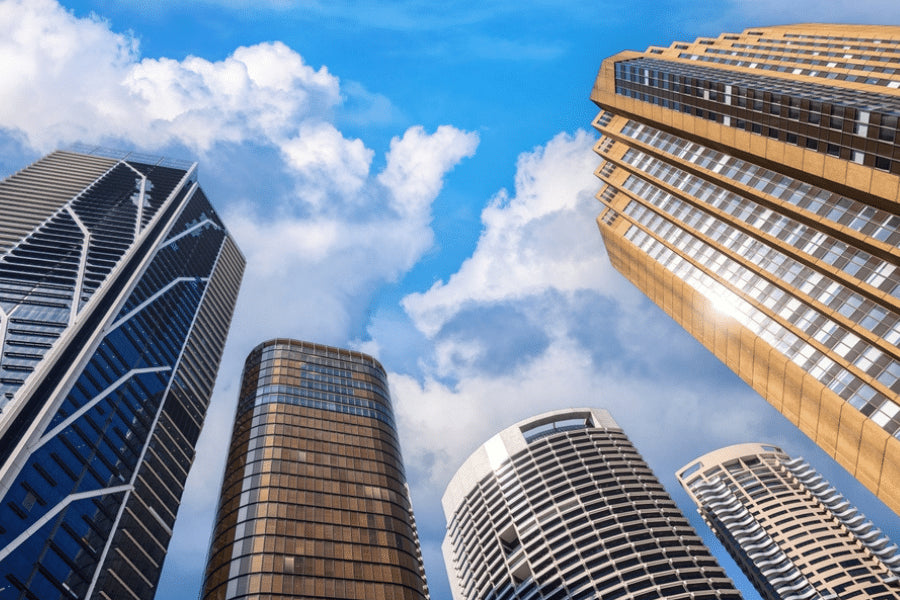Labor’s new subsidy is designed to boost the use of clean energy by providing homeowners with a 30% rebate on battery installations. However, the initiative is doing more than just cutting power bills. It is also highlighting strong demand in middle and lower-income areas that are traditionally overlooked in green energy discussions.
Australia has been a global leader in rooftop solar for years, with more than 4 million homes now connected. This amounts to about one in every three houses. Battery systems, which have long been too expensive for many households, are now easier to access through the government’s Cheaper Home Battery Scheme, which officially began on 1 July 2025.
Early data from the Clean Energy Regulator shows a sharp rise in installations in suburbs such as Oran Park, Kellyville and Baulkham Hills in western Sydney, as well as regional centres including Wagga Wagga, Coffs Harbour and Lismore. In some of these areas, there were more than 50 installations in the first month alone. A separate analysis by Green Energy Markets shows a similar trend in Blacktown, Penrith and the Central Coast.
What stands out is that many early adopters live in households earning less than the national average income of $120,000. Rather than wealthier families, it is budget-conscious households who are installing batteries to cut their energy bills and reduce reliance on a rising grid.
The strong early demand is stretching supply chains. Wholesalers have reported delivery times extending by several months as orders increase by as much as 60%. Even without additional orders, some suppliers say they are booked out until October.
This uptake appears to be linked to areas that already have high levels of rooftop solar. Most seats with solar penetration over 60% are held by the Coalition, which opposed the federal rebate and had considered its own scheme before shelving it in the last election cycle.
The widespread adoption of battery storage points to energy savings, rather than political views, as a key driver of the shift. It also challenges the idea that clean energy is only for wealthier Australians.



